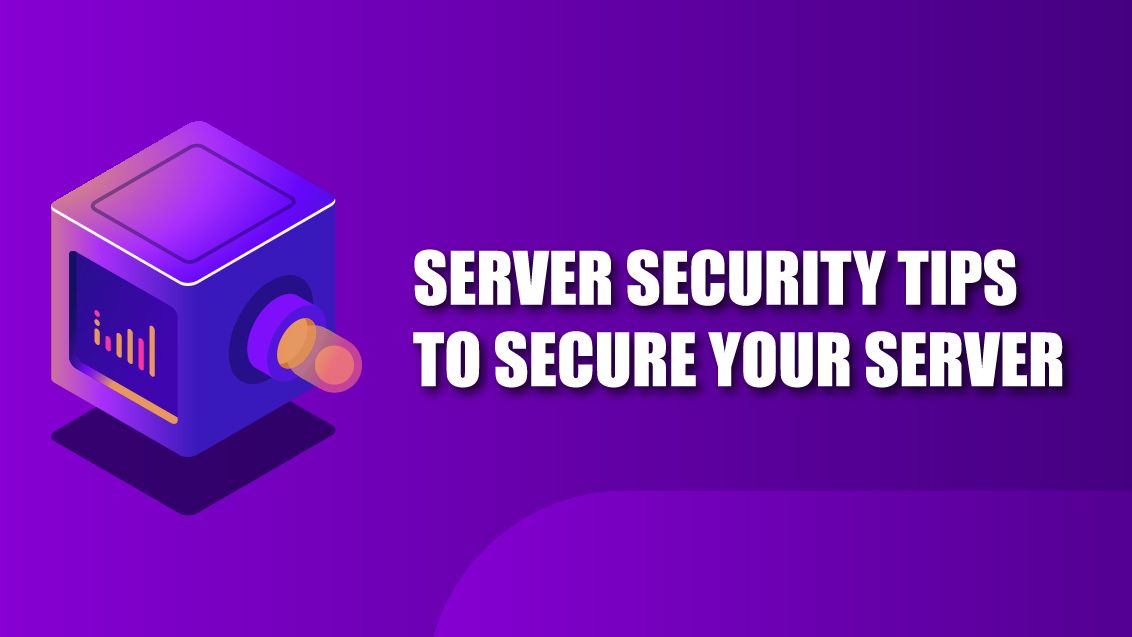Servers play a vital role in organizations. Their primary function is to provide both data and computational services.
Because of the critical role they play, servers hold confidential organizational data and information. Information is like gold nowadays, and hackers are gold miners.
An insecure server is vulnerable to all sorts of security threats and data breaches.
Security vulnerabilities can lead to the loss of critical data or loss of capability and control that can jeopardize the whole organization.
If you do not secure your servers, then you are treading a dangerous path.
You might not know how to secure your servers properly. This article will explain some of the server security tips that you can use to secure your servers.
Server Security Best Practices
1. Constantly Upgrade the Software and the Operating System

In server security, staying up to date on all software and operating system-related security fixes is essential. Server systems and software technologies are so complicated that some of the security vulnerabilities they carry can easily go unnoticed.
Because of this, security vulnerabilities commonly exist in both old and freshly updated software versions. Also, hackers always try to develop new and innovative ways to gain unauthorized entries into a system.
Fortunately, vendors and cybersecurity experts are constantly working to ensure that their software and operating systems are as secure as possible. Once they discover a security loophole, they will typically move quickly to have the loophole fixed.
Once that's done, they will release a more secure and upgraded version of their operating system or software. For your server's security, you should immediately install the update once the vendor has tested and released it on the market.
Even though most vendors act speedily to address security vulnerabilities, there is always a gap between the time the security vulnerability is discovered, the time it takes to fix it, and the time it takes you to install the new update.
This gap can give hackers an upper hand since they can easily breach your servers before you make the update.
To keep this gap as small as possible, always remain vigilant and aware of any new developments as far as your servers' security is concerned. You should also be mindful of the immediate measures you can take to ensure that you are not affected by the vulnerable software.
For instance, uninstalling the software could be an essential thing to do. Lastly, you should install the new update right away once it has been released. Installing the secure operating system and software version can help reduce your vulnerability.
2. Configure Your Computer to File Backups
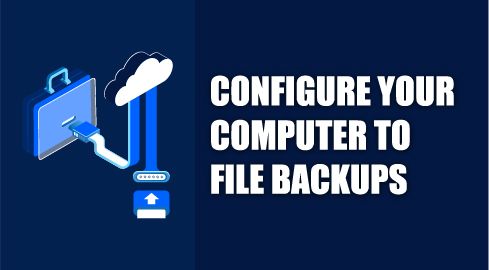
You should always keep a file backup and have a restoration strategy. You never know when a hacker will succeed in breaching your servers.
When such a breach happens, a backup file could be your savior.
Regularly backing up your data allows you to restore all the information resources that your server held before the data breach took place.
Therefore, for the sake of your data, you should ensure that you regularly undertake the data backup.
When developing a backup plan, make sure that you do a thorough analysis of the following:
- the cost of the backup plan,
- its efficiency and speed,
- the effort required to restore your data after a data breach,
- the speed of the backup process, and
- the amount of disc space that you need to store the data.
You also should carefully consider the location where you store your backup files.
You can choose to keep the files either locally or on on the cloud, which is a safer approach.
3. Set up Access Limitations to Your Computers files

Most operating systems will give users the option to specify access privileges. For the safety of your servers, I advise that you be as restrictive as possible.
A user can specify access privileges to directories, networks, files, and other server elements. Access controls can reduce both deliberate and unintended server security breaches.
For instance, limiting read access can help you protect confidential and private information. Similarly, restricting who can modify files and data will help maintain the integrity of the files.
Not all employees should be given access to all the resources of your organization. Applying the principle of the least privilege is an excellent move in securing your servers.
Those who have no business with server resources or do not need them to fulfill their job requirements should not have access to those resources. Some of the worst data breaches have been organized and executed by people within the organization who had access to crucial data and information.
A 2019 Insider Threat Report by Verizon places careless and malicious workers as the top actors in insider cybersecurity threats. Limiting access, therefore, can help protect your servers from insider attacks.
4. Install SSL Certificates

Secure Socket Layer certificates are security protocols that guard the communication between two systems over the internet.
The Secure Socket Layer is a crucial element of server security. You need to ensure that any communication or data transfers between your server and clients' browsers or other servers are encrypted.
SSL certificates scramble data in transit so that sensitive and confidential information such as health details, credit card details, and financial records remain secure. A hacker who succeeds in accessing the data cannot decipher its meaning.
Only the intended recipient who has the right key to decrypt the information will understand its meaning.
Apart from just encrypting the communication between your servers and other parties, SSL certificates also play a critical role in user authentication.
SSL certificates can authenticate different systems to their particular owners. The certificate, therefore, helps establish your authority. To strengthen your security, you should get and install an SSL certificate.
5. Use Virtual Private Networks (Private Networking)
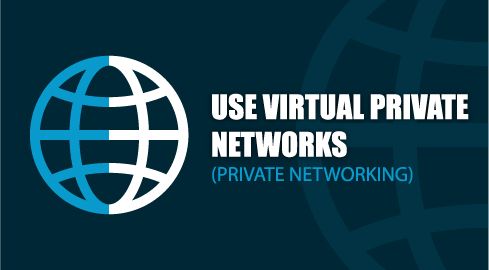
Private networks are based on Internet Protocol address space. A VPN is said to be private because no Internet Protocol packets addressed are transmitted via a public network.
A VPN will allow you to create a connection between different computer devices located in different places. It lets you to carry out operations on your servers in a secure manner.
You can exchange information with other servers on the same account without compromises from outside. To ensure that your server is safe, you should set up a Virtual Private Network.
6. Server Password Security
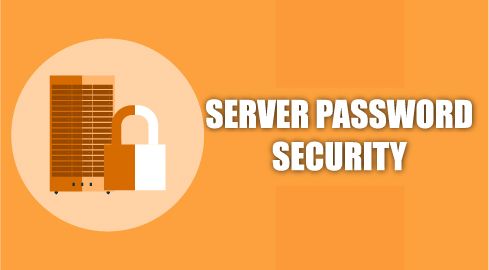
When it comes to server security, make sure you use password best practices. The first step is to develop clear password policies and rules that all members using the server should follow.
You should enforce minimum character length for passwords, set password complexity guidelines, enable session timeout for inactivity, and use a multiple-factor authentication strategy.
It's also useful to have a clear password expiration policy. Passwords should only be allowed to last a few weeks or months. It's best to encourage all users to implement safe password storage to avoid passwords landing in unsafe hands.
7. Use Firewall Protection
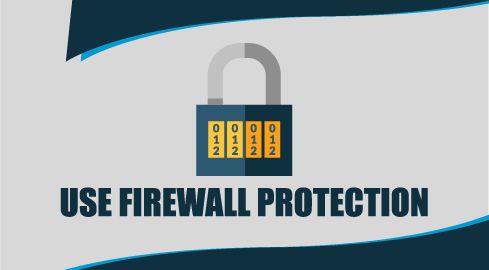
Firewalls are a must-have to ensure that your servers are safe. They filter incoming and outgoing traffic to allow only specific services and lockout unsafe ones.
There are a few different classifications of firewalls. The first group deals with the public services that anyone on the internet anonymously accesses. The second is the private services that a select group of authorized accounts can access. The last is the internal services that require no exposure to the outside world.
You should restrict access to these services depending on which group fits the situation. You should configure your server to refuse all accesses except those that are mandatory to your servers.
Summing up
After reading this article and implementing the server security measures I explained, you should feel more confident about your server's security.
As a best practice, you should implement these security measures when you first set your server up. It also helps if you implemented more than one of these measures. As a general rule, the more security measures you have, the safer your server will become.
